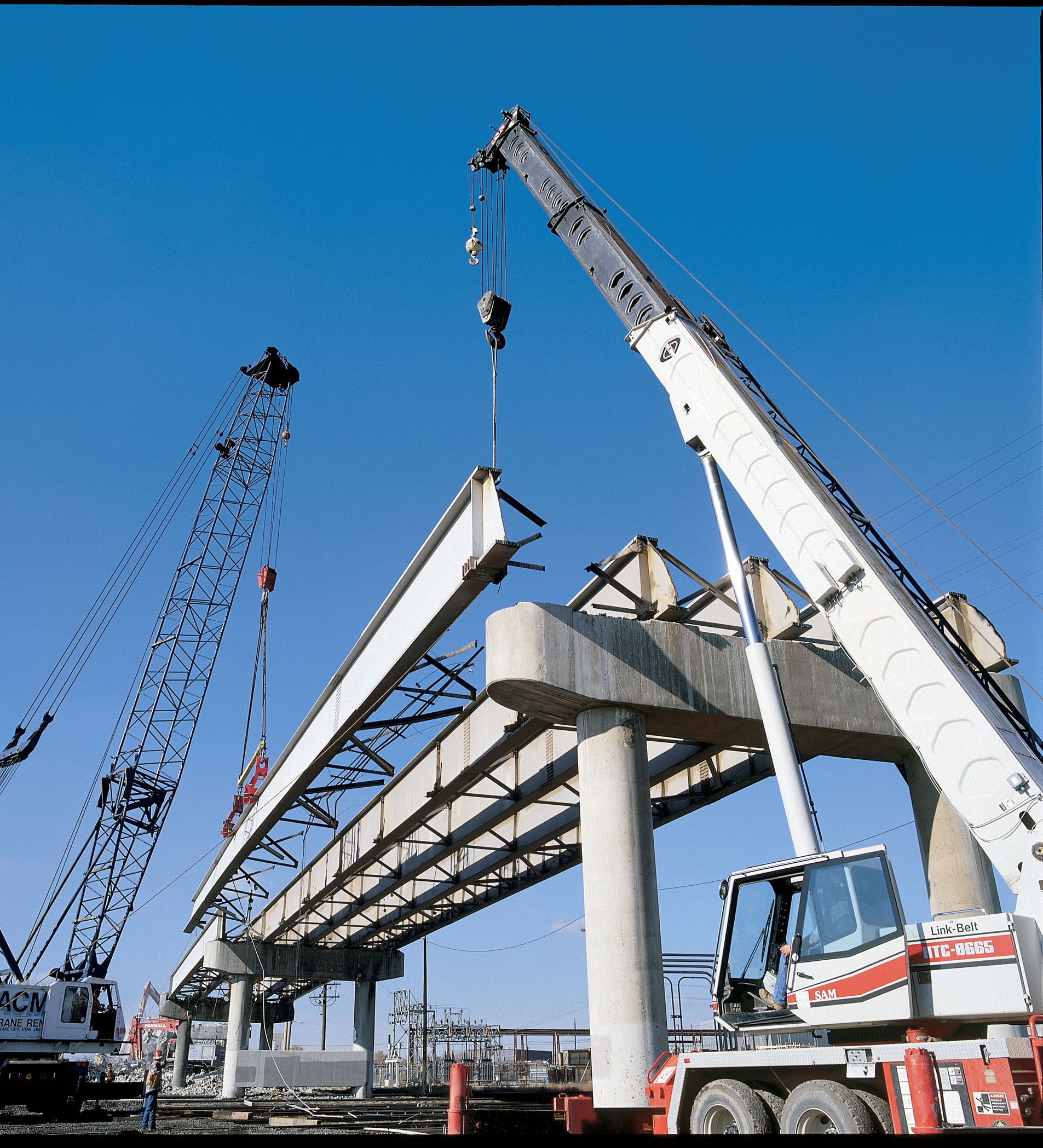I-15 Corridor Reconstruction
Salt Lake City, Utah
In April 1997, a Kiewit-led joint venture began work on the I-15 Corridor Reconstruction. The $1.3 billion design-build project involved demolishing, designing, and reconstructing more than 16 miles of freeway and 142 bridges. The joint venture team built three major freeway-to-freeway interchanges and widened the previous six-lane highway to 12 lanes. Another element of the project involved the construction of Utah’s first High Occupancy Vehicle lanes. In addition to the roadway and structures work, the project also included increasing the vertical clearances at most bridges, improving earthquake resistance and installing a new Automated Traffic Management System. Crews built 16 miles of retaining walls and 10 miles of sound walls, making them aesthetically pleasing by selecting a design and color scheme evocative of the surrounding mountains.
Innovative phasing and the addition of two temporary lanes helped to maintain traffic flow, while an extensive publicity campaign kept commuters and the public constantly informed to mitigate impacts to the community and ensure a safe, uncongested work zone.
Close cooperation between the contractor, client, and designer is essential on any project. On this project, partnering proved invaluable. A full-time partnering coordinator, funded jointly by UDOT and the Kiewit-led team, helped to facilitate the establishment of common goals and communication among team members. One of the partnering goals was to turn in a successful performance that would establish I-15 as the model for such large projects. The Kiewit team effectively collaborated with the client to manage utility relocations and optimized the schedule to finish the project three months ahead of schedule.
This extensive transportation project was a key element in the preparations for the 2002 Winter Olympics held in Salt Lake City, and it was vital that construction be completed before the games started. By maintaining a formal partnering process, the team was able to avoid major disputes and resolve all issues that arose without schedule delays.
The project required more than 1 million design hours and more than 12 million hours to complete. The freeway opened for public use in May 2001, well in advance of the 2002 Winter Olympics and several months ahead of the anticipated October 2001 completion date. Project managers credit co-location, over-the-shoulder design reviews and partnering as key factors in the project’s success.






